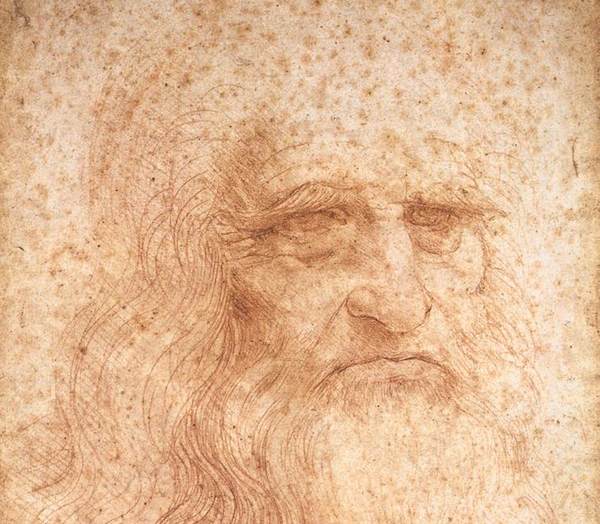
The craze to obtain more understanding about the life and work of Leornardo da Vinci shows no signs of abating. Experts are now requesting access to dust from restored paintings by the Renaissance polymath to be able reconstruct his genetic profile.
By gaining access to da Vinci’s DNA—via his works, notes, and diaries—experts hope to be able to confirm the authenticity of his suspected remains, which are buried under the floor of Saint-Hubert Chapel at the Chateau d’Amboise, in France.
Once they have done so, they hope to build a genetic profile, perhaps including what da Vinci may have looked like.
The plan—outlined in the Human Evolution journal—would be to gain access to dust from his masterpiece Adoration of the Magi, which is currently being restored in Florence.
Then—following revelations that researchers have managed to trace his family tree via church and birth records dating from the time of his birth up to the present day—they could test the DNA against that of his living relatives.
Film director Franco Zeffirelli, a relation of Leonardo da Vinci, and a drawing that is possible the artist’s only known self portrait. Photo by Alexey Yushenkov, Creative Commons Attribution-ShareAlike 3.0 Unported (CC BY-SA 3.0) license.
“Matching Leonardo’s DNA to that of his family presents puzzles that are minutely specific to their history and circumstances, but the tools the investigators use are generic and broadly applicable,” Brunetto Chiarelli, from the International Institute for Humankind Studies at the University of Florence and editor of Human Evolution, told the Daily Mail.
“We stand to gain not only greater historical knowledge of Leonardo but possibly a reconstruction of his genetic profile, which could provide insights into other individuals with remarkable qualities,” he added.
Named the “Leonardo Project,” the research group—whose members met this week at the Tuscan Regional Council in Florence—is formed by scientists from the American Craig Venter Institute, the University of Florence, the Institut de Paleontologie Humaine in Paris, The Rockefeller University in New York, and the Laboratory of Genetic Identification at the University of Grenada.
“Scientifically, the chance to create, through new research and technology, a new vision of the life of Leonardo starting from a study of DNA is very important,” Eugenio Giani president of the Regional Council told the Daily Mail.